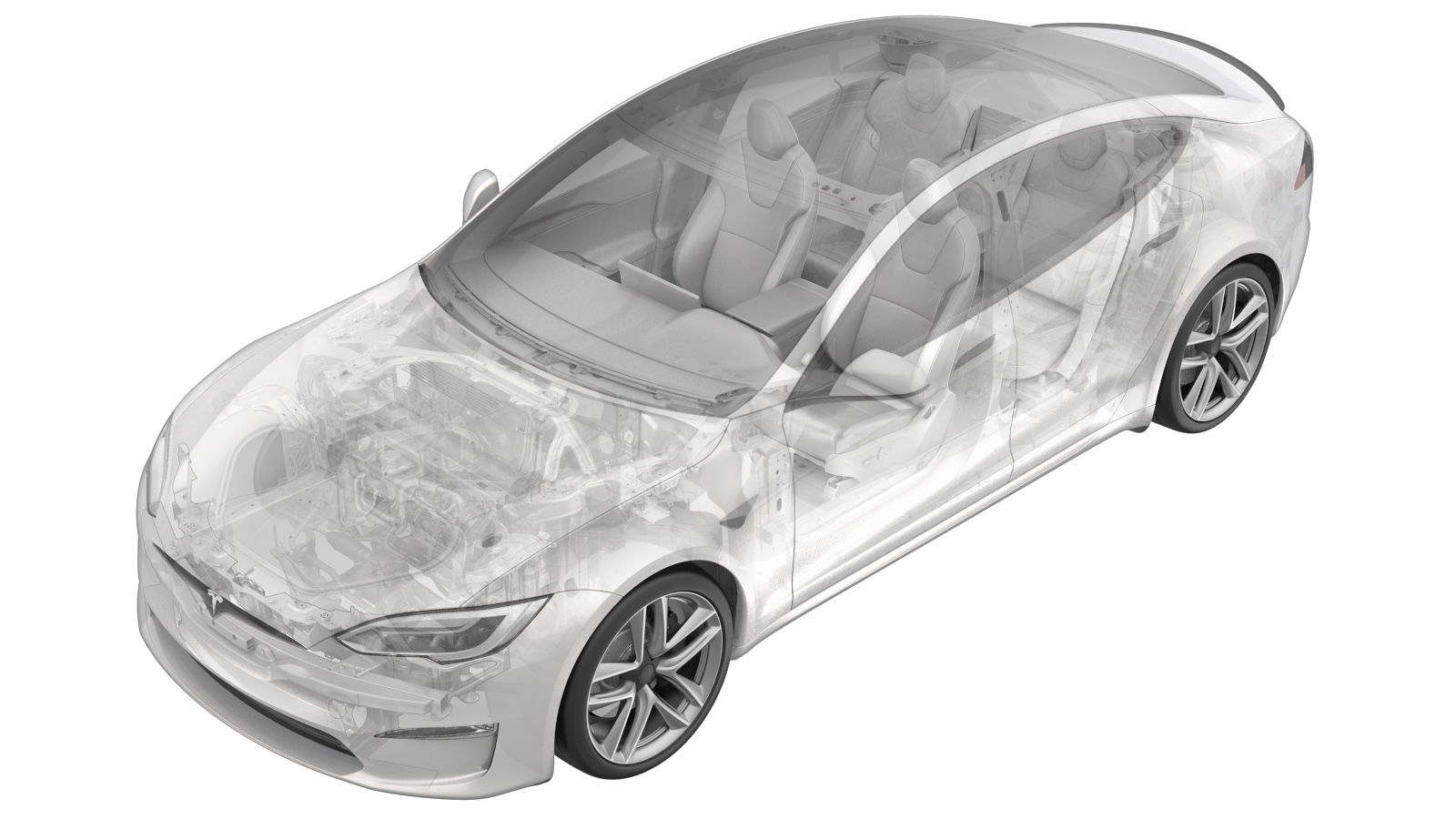Platter Enclosure Coolant Leak Test (On Table)
 Correction code
16102010
NOTE: Unless otherwise explicitly
stated in the procedure, the above correction code and FRT reflect all of the work
required to perform this procedure, including the linked procedures. Do not stack correction codes unless
explicitly told to do so.
NOTE: See Flat Rate Times to learn
more about FRTs and how they are created. To provide feedback on FRT values, email ServiceManualFeedback@tesla.com.
NOTE: See Personal Protection to make sure proper PPE is worn when
performing the below
procedure.
Correction code
16102010
NOTE: Unless otherwise explicitly
stated in the procedure, the above correction code and FRT reflect all of the work
required to perform this procedure, including the linked procedures. Do not stack correction codes unless
explicitly told to do so.
NOTE: See Flat Rate Times to learn
more about FRTs and how they are created. To provide feedback on FRT values, email ServiceManualFeedback@tesla.com.
NOTE: See Personal Protection to make sure proper PPE is worn when
performing the below
procedure.
- If necessary, perform a platter enclosure coolant drain. See Platter Enclosure Coolant (Drain) (On Table).
-
Attach the coolant leak test adapter to
the HV battery inlet fitting.
NotePerform a push-pull-push test to verify the adapter is secure.
-
Attach the coolant leak test plug to the
HV battery outlet fitting.
NotePerform a push-pull-push test to verify the plug is secure.
-
Connect the pressure test fixture hose
to the leak test adapter.
-
Turn valves P1 and P2 to the closed
(vertical) positions.
-
Turn the knob on the regulator to the
fully closed setting.
-
Connect the supply compressed air line
to the pressure test fixture.
-
Turn valve P1 to the open (horizontal)
position and slowly adjust the regulator so that 50 psi is displayed on the gauge.
-
Slowly turn valve P2 to the open
(horizontal) position and allow air to enter the system.
- Allow 60 seconds for the pressure to stabilize.
-
Turn valve P1 to the close (vertical)
position.
- Record the beginning pressure value and start a 3 minute timer.
-
After 3 minutes has elapsed, record the
end pressure value, and then substract the end pressure value from the beginning pressure
value.
- If the pressure difference is more than 0.8 psi, inspect for leaks, turn valve P2 to the close (vertical) position, and retest from step 8.
- If the pressure difference is 0.08 psi or less, continue to the next step.
-
Disconnect the supply compressed air
line from the pressure test fixture.
-
Slowly turn valve P1 to the open
(horizontal) position, and allow air to exit the system.
-
Disconnect the pressure test fixture
hose from the coolant leak test adapter.
-
Remove the coolant leak test plug from
the HV battery outlet fitting.
-
Remove the coolant leak test adapter
from the HV battery inlet fitting.